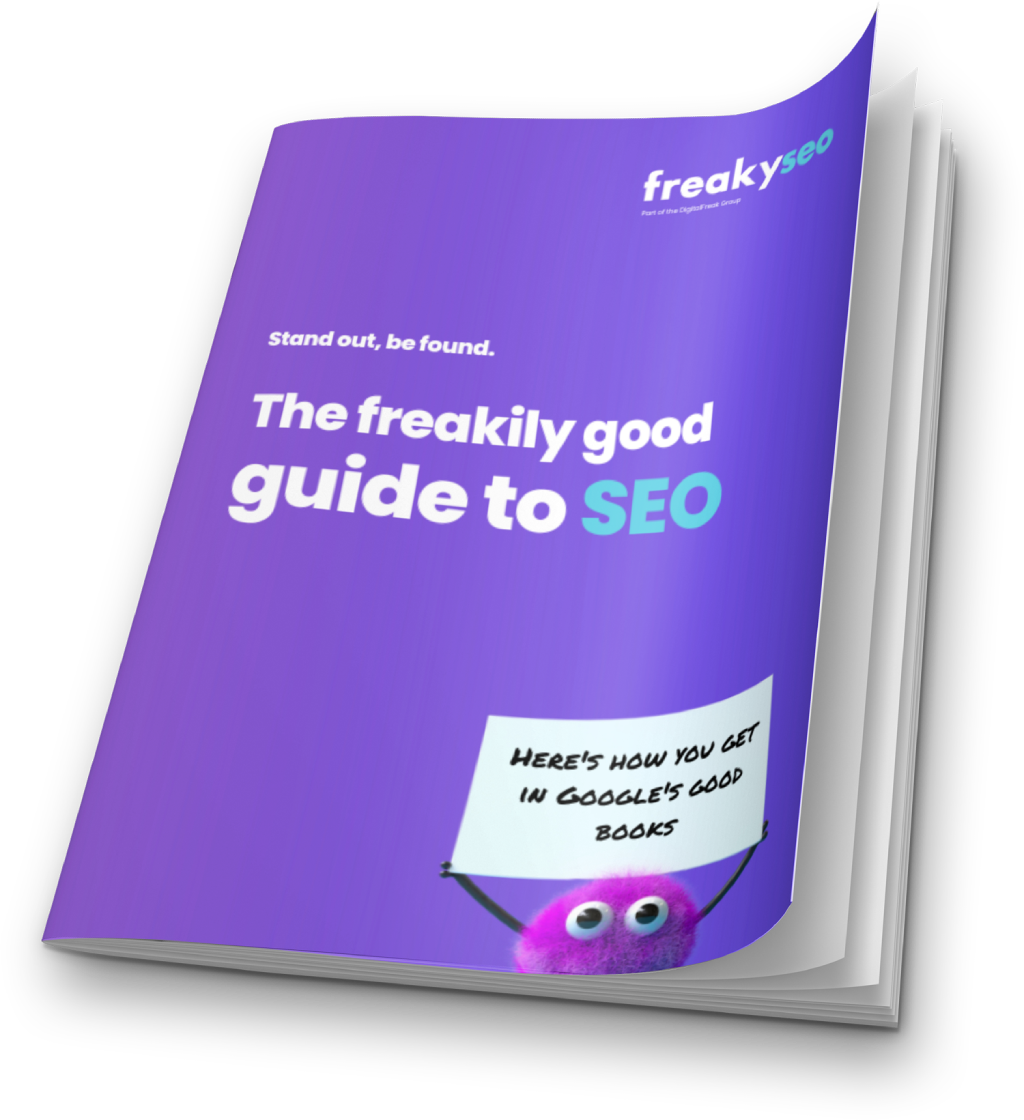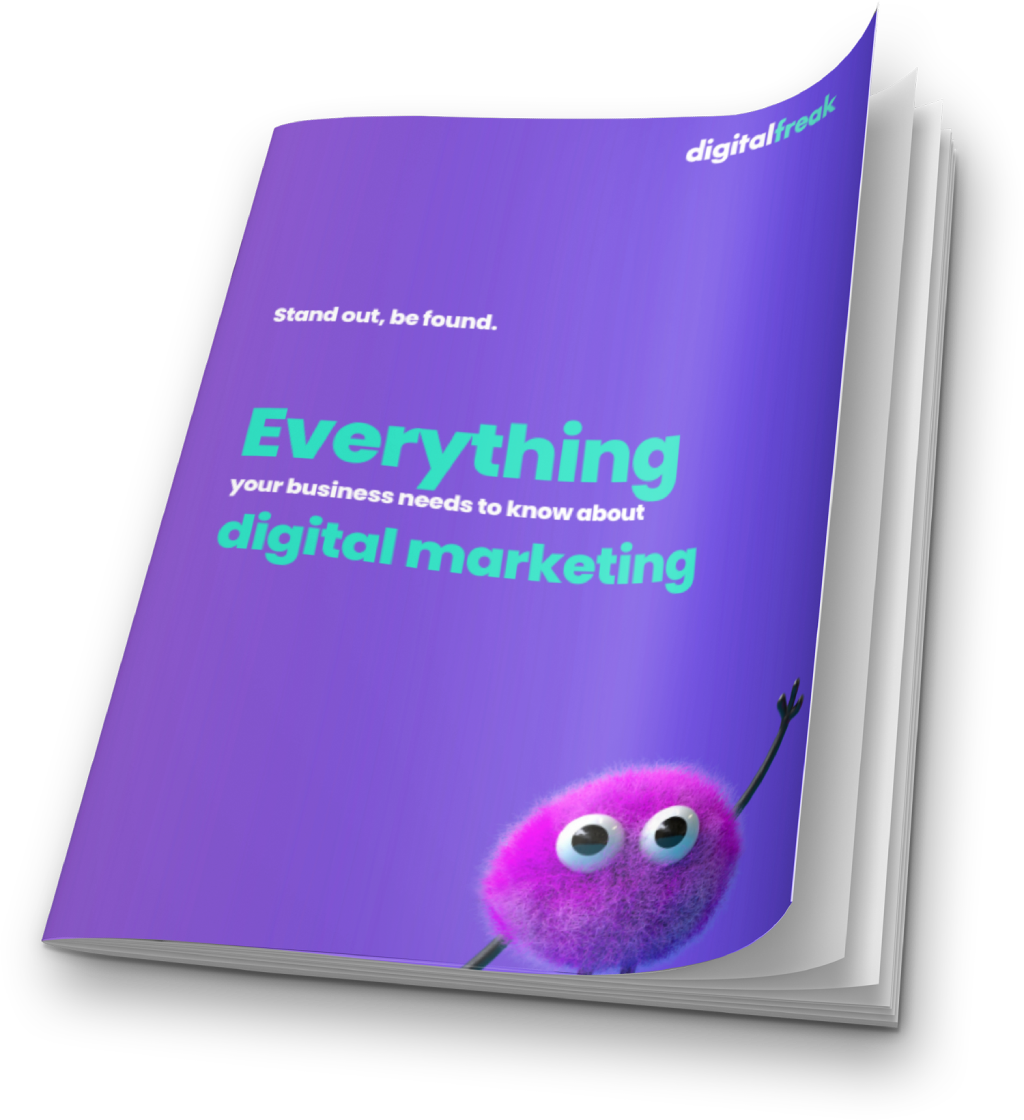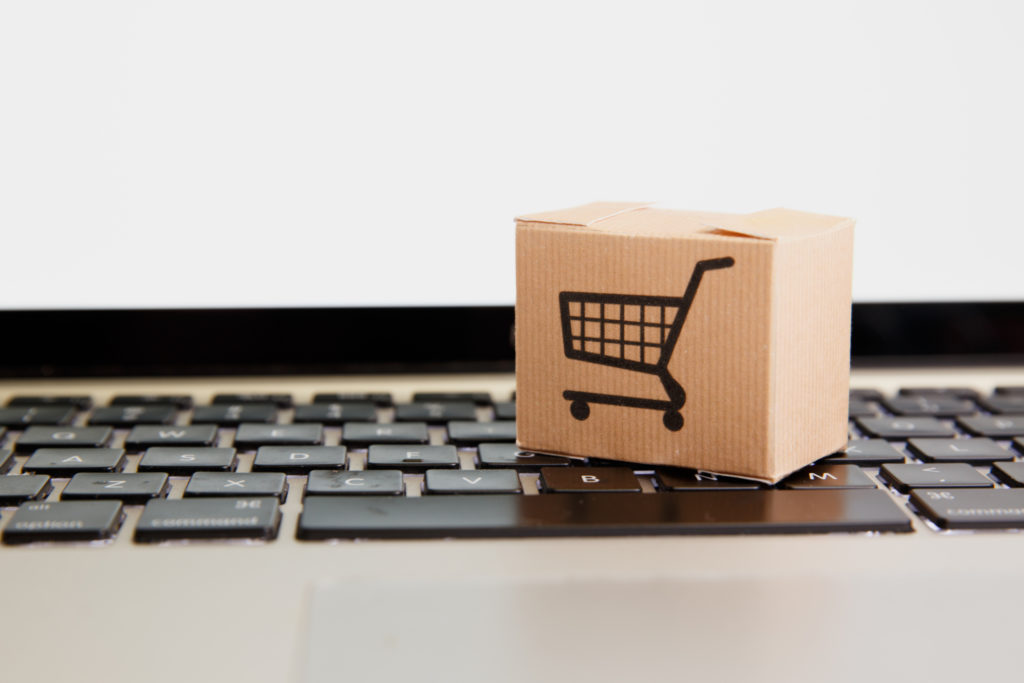It’s Time to Get on the B2B Ecommerce Bandwagon!
Ecommerce has long been associated with B2C rather than B2B, with everyday consumers turning to online retail to find what they need without leaving the comfort of home. But the reality is that B2B e-commerce is actually the far more powerful industry! In 2019, B2B e-commerce was worth US$12.2 trillion, growing from US$5.8 trillion since 2013, with double-figure growth predicted for B2B sales through to 2024. In comparison, B2C retail e-commerce in 2020 only hit US$4.28 trillion, with predictions that it will increase to US$6.388 trillion by 2024. And yet, for most B2B businesses, selling online just isn’t the norm. To help you make this leap, we’re exploring this exciting path for business growth and sharing some digital marketing strategies to help make online selling work for your B2B business.
Stats That Will Make You Think Twice
Consumer behaviour has changed a lot over the last two years, and it’s understandable that it takes some time for this to filter through into business strategies – especially when past strategies worked well. The reality is that this “if it isn’t broken, don’t fix it” mindset is holding businesses back from a very exciting growth opportunity because if you look at what’s changed in consumer behaviour, you’ll see those past marketing methods are broken – and there is a fix.
Did you know…?
43% of B2B buyers would prefer not to interact with a sales representative at all.
Two-thirds of buyers prefer digital self-service when interacting with a B2B organisation.
Only 20% of B2B buyers say they hope to return to in-person sales – even in fields like medical and pharmaceutical products.
80% of B2B leaders say that new remote and digital sales models are as effective, if not more effective, than traditional sales models.
Even as digital marketing specialists, we were surprised at just how much sentiment and behaviour has changed in B2B marketing, especially in fields that have been dominated by in-person sales experiences for many decades.
To grow, businesses obviously must adapt to these changes to deliver what consumers want in a way that they feel confident and comfortable to do so. So, how do you do that?
Key Elements of a B2B Ecommerce Strategy
#1 – Selecting an Effective Model
The best place to start is by choosing the right e-commerce model for your offering. This includes a supplier-focussed model where the B2B online store operates similarly to a B2C model, with shopping carts, lists of products, and buy buttons. This is a good option if you offer smaller-scale, high-volume products.
An intermediary-focussed model would use a third party like Amazon Business or Alibaba, shifting your offering to an established platform that can handle all the administration and transactions on your behalf.
The third model is buyer-focussed, where a platform acts as a marketplace with a single customer and multiple suppliers. Here, the customer can submit RFPs and choose a supplier that is the best fit for them.
#2 – Stand Out
Because B2B isn’t properly recognised as a powerful space for e-commerce, any e-commerce sites often look like afterthoughts. They’re generic, basic, and often not very good quality – and it can be difficult to distinguish one supplier from another. Gartner research has shown that this is a major obstacle for online customers who cannot easily distinguish one brand experience from a competitor.
To stand out, the online experience must be unique, functional and effective. This includes a structured, highly user-friendly experience that reflects what your clients need from an online experience, highlights the competitive edge of your brand, and creates an easy and attractive way to buy your products.
#3 – Inform and Empower
Your brand’s online portal should make clients feel like they have your organisations top salesperson alongside them. This is especially important in fields with very technical products and a high compliance threshold, where the value of a knowledgeable sales rep is considerable.
Elements such as video and live chat on your website will make it easier for clients to get the actionable information they need to make a purchasing decision, all at their fingertips. Additionally, it’s worth it to consider creating buying guides, implementing chatbots to handle basic FAQs, and even virtual tours. A digital diagnostic tool can also help clients define their challenges and suggest workable solutions.
B2B Ecommerce is Surging – Let Our Digital Marketing Team Take You to the Top
At Digital Freak, we’re all about giving you solutions that don’t just look fantastic, they work exactly the way you want them to. We’ll take on your digital marketing, e-commerce website design, and more with a good sense of humour, practicality, and honest expertise, helping you to bring your organisation’s unique offering to the world. Contact us today to find out how we can help your B2B business enter the age of e-commerce.

Written by
Karyn Szulc – CEO, Founder
When clients work with me, they get exactly what they want - no-nonsense, authentic digital marketing that works! With my industry experience, eye for detail, and a team that goes the extra mile, every client gets the personalised, expert treatment they deserve. Let’s get you online – and growing!














